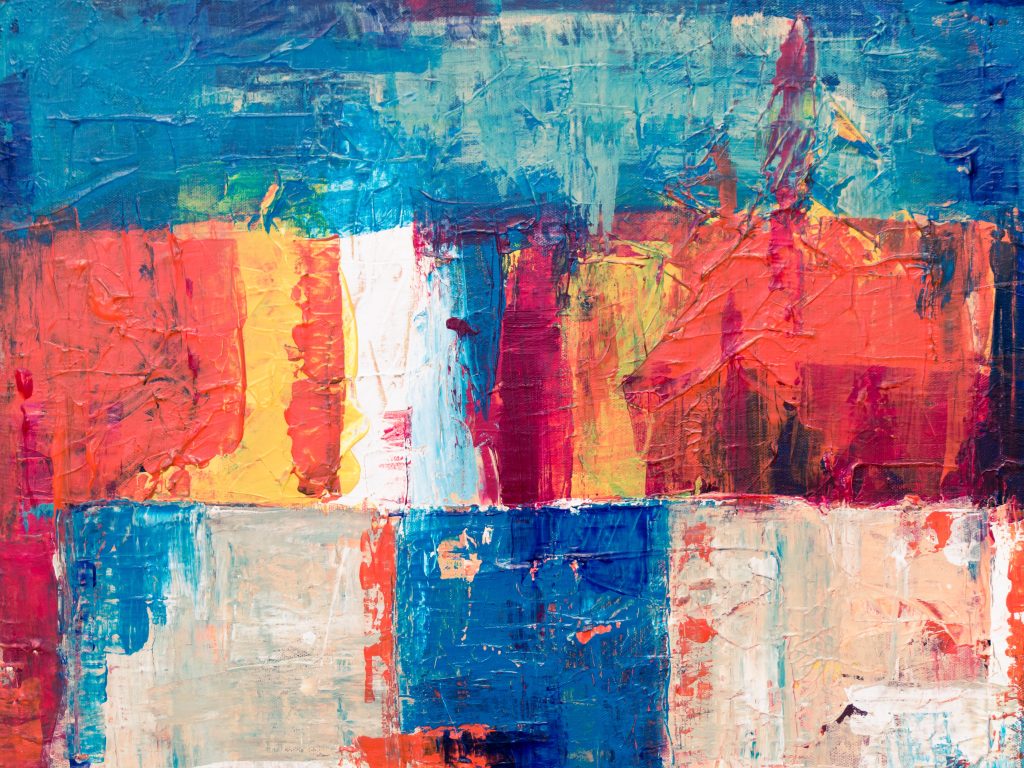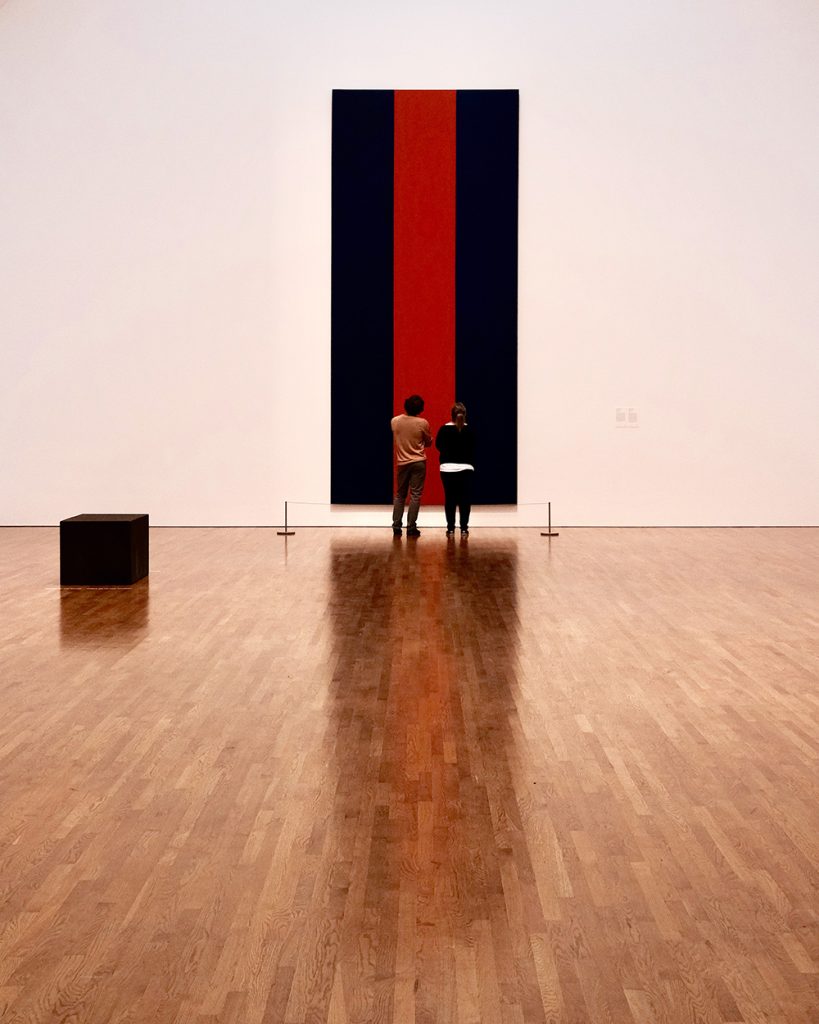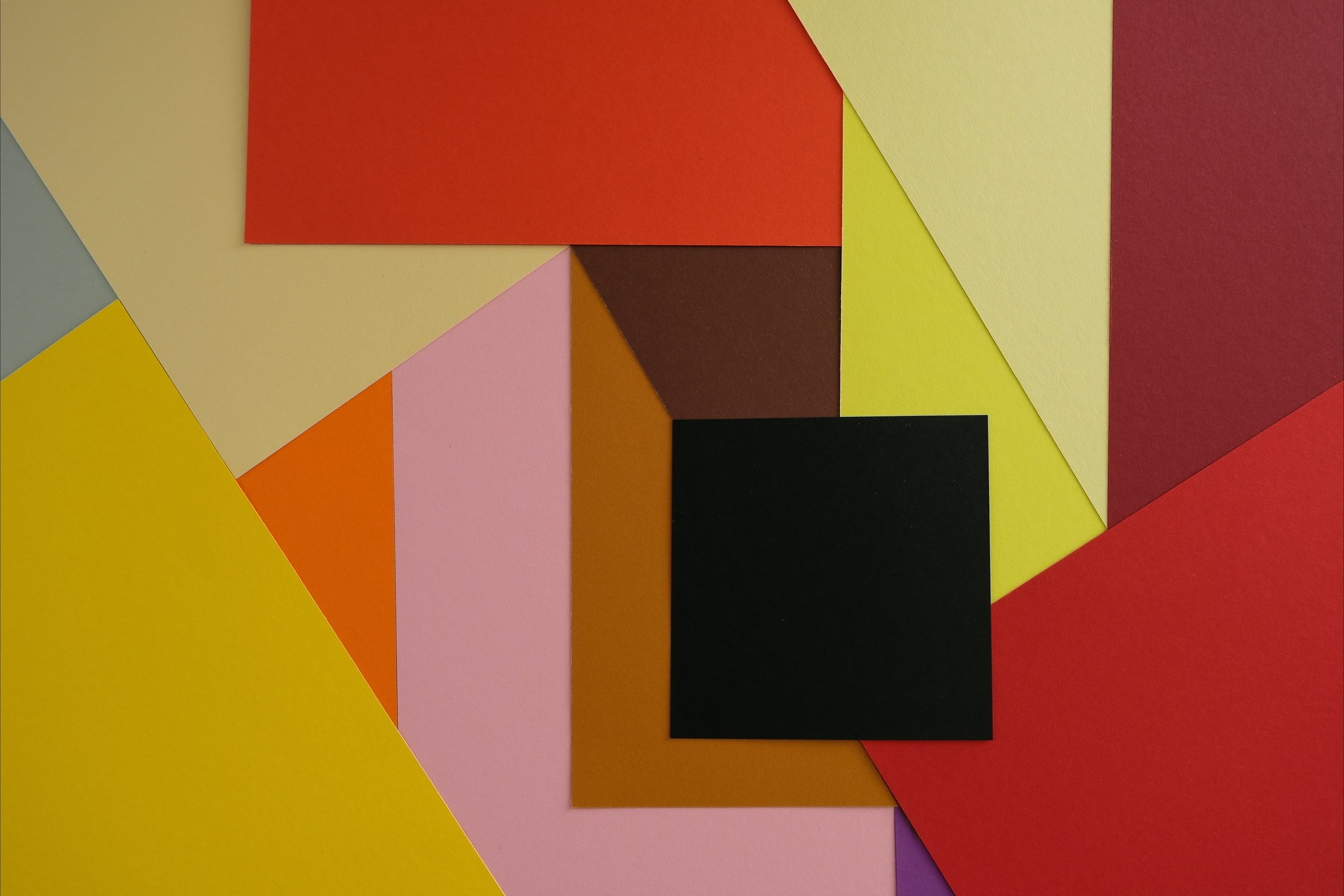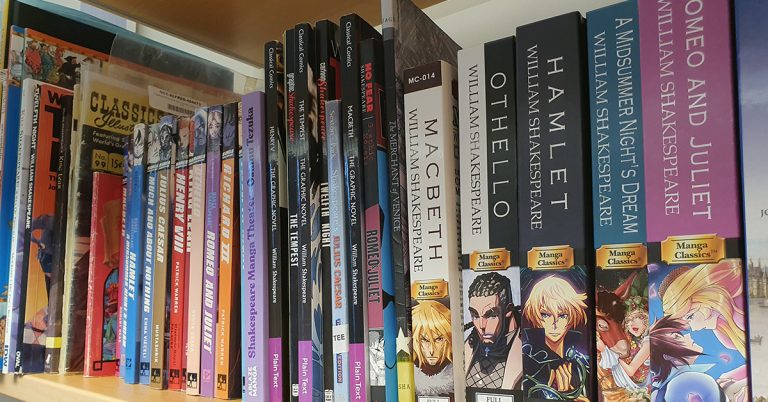
by Jeff Wallace

When you’ve written something exploratory, it can take a little while to work out what it is that you’ve done. This blog about my new book Abstraction in Modernism and Modernity: Human and Inhuman is written from such a perspective!
When I say that the book is exploratory, I mean that is was never, quite, a straightforward scholarly history of the concept of abstraction in modernism and modernity. The book starts from a longstanding curiosity of mine about abstraction. I’ve always loved abstract painting, for example, without quite knowing why, or without having a language to account for what it was that I loved. But also, as a scholar of modernism and modernity, I got used to seeing what I began to call abstraction’s ‘contradictory work’, across the many different contexts in which it might appear as a critical term or concept.
For example, in the Marxism that helped to shape my early development as a critic, abstraction seemed to be at the heart of everything that was wrong with the capitalist lifeworld, alienating humans both from the material world and from themselves. Yet at the same time, in the preface to Capital, Karl Marx urged his readers to adopt abstraction as the only tool capable of emancipating them from capitalism. How did that contradiction work out? And was Marx’s abstraction the same as the abstraction we talk about in modernist painting and literature? The one is about thought, the other about art. What was the relation between them?
Abstraction is seen everywhere in modernism and modernity, and yet you don’t see it insofar as its meaning is so fluid – hidden in plain sight, perhaps. This modernist keyword seems never entirely to be a good thing, and is more likely to be a term of reproach. How often do people encourage you to be abstract?! Abstract and abstraction are invariably associated with coldness, distance and detachment, inorganicism, the cerebral life, calculation and generalisation, artifice. In a post-Romantic culture, we seem instinctively to prefer abstraction’s others: warmth, particularity, proximity, the passions and bodily life, spontaneity, nature and organicism.
The exploration of these things depended, for me, on freeing up abstraction from any prior distinctions between abstraction as art and as thought, in order to see it afresh. For this reason, my book works by the logics of juxtaposition and the case study rather than by chronological order or causality. It puts together a range of things: Raymond Williams and Paul Valéry; Marx and Marxism; the discourse of modernist painters on abstraction, from Cézanne, Kandinsky and Mondrian to Barnett Newman and Francis Bacon; the experimental literary modernisms of Gertrude Stein, Wallace Stevens and Samuel Beckett; the activist philosophies of William James, Henri Bergson, A. N. Whitehead and Gilles Deleuze; three plays about abstract art, by Yasmina Reza, John Logan and Lee Hall; and the writing of Herbert Read.

Out of this, my book proposes that there is a new abstraction at work in modernism and modernity, a new constellation of meanings. Here’s a short list of such meanings, concluding with what was for me the book’s main surprise — the thing that I didn’t expect to be emphasising when I first set out:
- Abstraction requires us to think afresh about what we mean by ‘human’ and ‘inhuman.’ It is always, somehow, involved in mediating between the human and the inhuman. In particular, it persuades us to re-think the negative associations of the ‘inhuman’.
- Experimental, ‘high’ modernist writers such as Gertrude Stein, Wallace Stevens and Samuel Beckett help to reconfigure abstraction as a mode of artistic difficulty – but a difficulty that we can become attached to, and even love! (But who are ‘we’? See below).
- For modernist painters, abstraction was a new mode of intellectual work that combined painting and writing, often stimulated by the need to explain abstraction in the face of hostility and non-comprehension.
- In modernist and post-modernist philosophies of vitalism and activism, abstraction dramatically turns on its head and becomes its others: felt life, affect, experience, change. How does this happen? I trace it through the fortunes of a formula for involuntary memory found in Proust: ‘real without being actual, ideal without being abstract.’
- Abstraction in modernism and modernity is never simply about semantics or definition. It also poses the questions: who is abstraction for? Who may or may not have access to it or benefit from it?
The last three words of my book raise the possibility of an ‘Abstraction for All’. OK, this sounds like a slightly corny slogan in a modernist poster or manifesto; yet in a way, it did become the book’s manifesto, the manifesto of the need to oppose anti-intellectualism and its consequences.
Consider the challenge of looking at an abstract painting, or of thinking of the human as inhuman. In experimental modernist writing and painting, I find an abstraction whose difficulty is oriented towards the many rather than the few. What if the difficulty and the challenge were precisely the things owned and shared in common, instead of being the preserve of an elite of artists and thinkers? Perhaps the sheer implausibility of this confirms a social order rooted historically in what Raymond Williams called ‘unevennesses of literacy’, or on a constraining anti-intellectualism. Why not, then, an Abstraction for All? With modernism’s help, it’s time to rescue abstraction from reactionary cultures of anti-intellectualism founded on exclusivity.

(photo by Joanne Clifford, distributed under a CC-BY 2.0 license)
About the author

Jeff Wallace is Professor Emeritus at Cardiff Metropolitan University, UK. He is the author of Abstraction in Modernism and Modernity: Human and Inhuman and, as a specialist in D. H. Lawrence, has two essays on Lawrence in recent EUP volumes: ‘Technics: Education and Pharmakon in Lawrence, Simondon and Stiegler’ in The Edinburgh Companion to Modernism and Technology, eds Alex Goody and Ian Whittington (2022) and ‘Practitioner Criticism: Painting’ in The Edinburgh Companion to D. H. Lawrence and the Arts, eds Catherine Brown and Sue Reid (2020). His D. H. Lawrence, Science and the Posthuman was published in 2005.
About the book

Get 30% off with discount code NEW30
Explores abstraction as a keyword in aesthetic modernism and in critical thinking since Marx
Jeff Wallace’s new intellectual history of abstraction in modernism and modernity proposes that abstraction is always uniquely concerned with the importance and revaluation of the inhuman in and for the human.
Don’t forget to sign up to our mailing list to keep up to date with all of our free content and latest releases!





